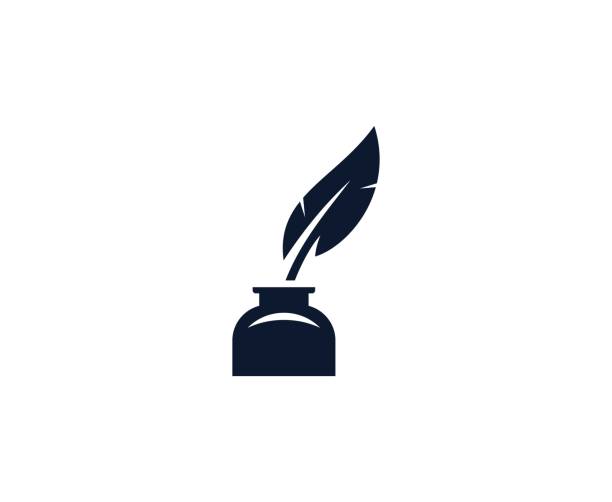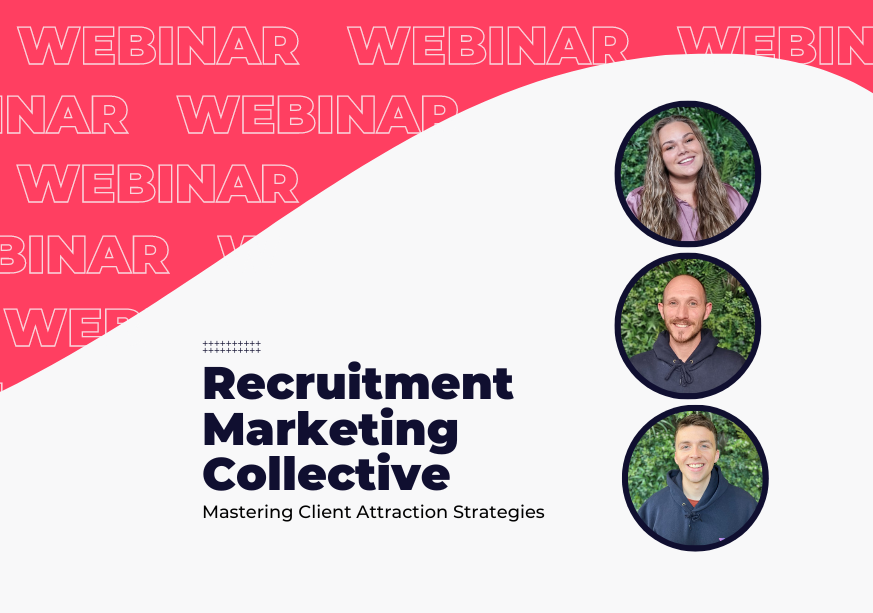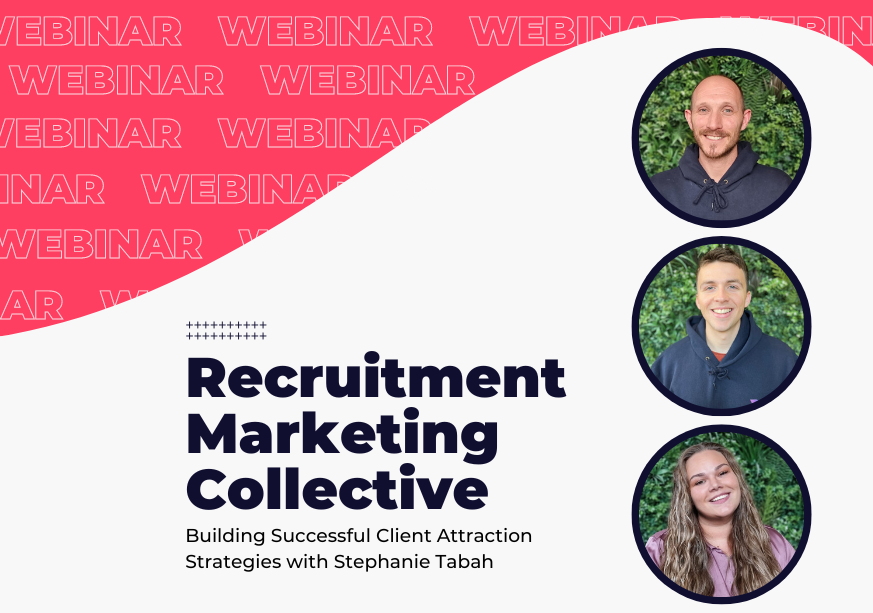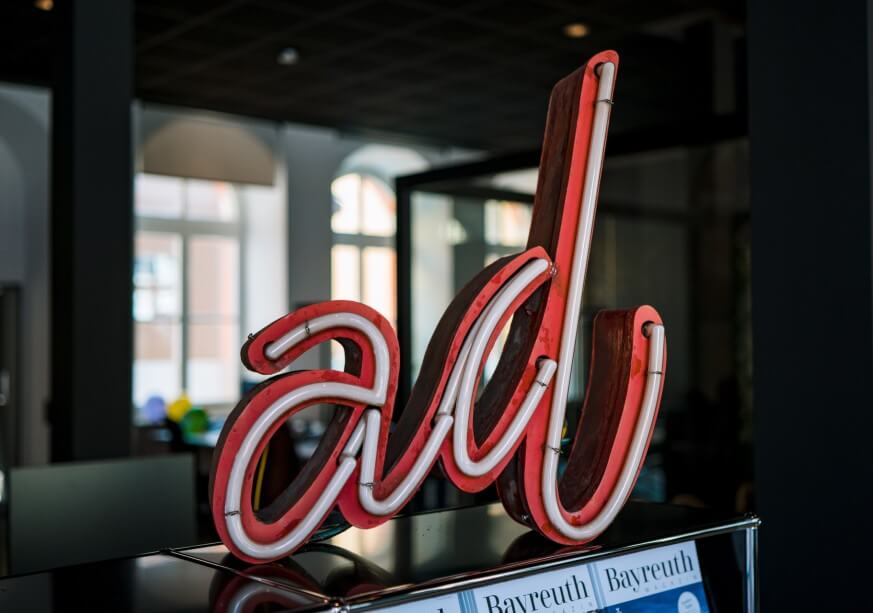Explore our NEW Knowledge Base and Help Desk to find everything you need to attract, engage and convert talent with your Vennture website.
Discover MoreA Peek at the Perks of PPC
09 Jul, 20142 minutes
Since joining the team at Venn, I’ve begun to develop an understanding of SEO, PPC and just about any other acronym you could think of. To reinforce what I’ve picked up and in an attempt to help others, I recently put together a blog covering the basic details of SEO and now it’s time to take a closer look at PPC.
Google and Bing have created systems within their search engines so that businesses can buy Advert listings on their pages as well as those who are partnered with them. These partnerships form Search Networks, groups of search-related websites where your ads can appear as well as listings within search engines.
When you try and search for something, take “computers” for example, you are presented with a SERP (search engine results page), like below:
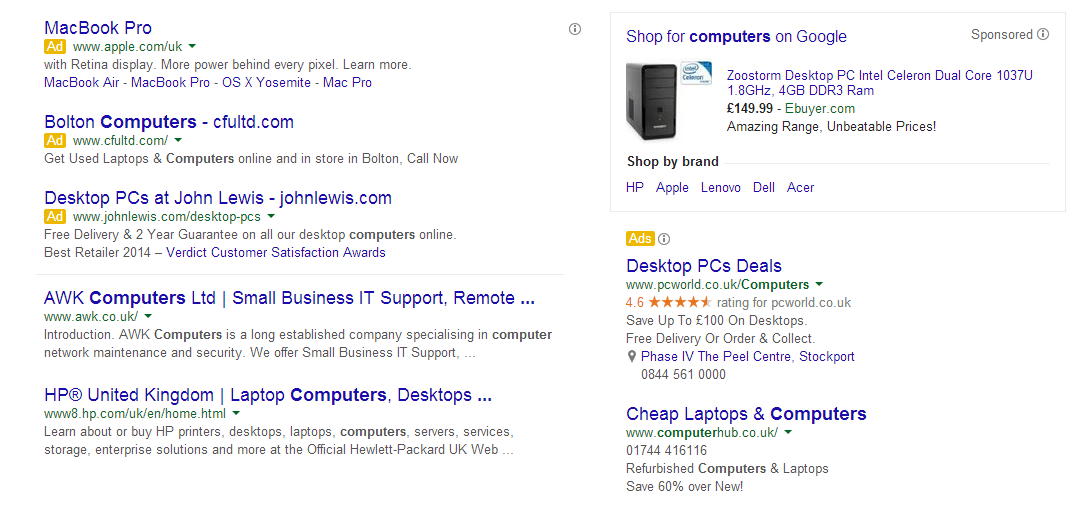
From this page you can see the natural listings, also known as organic because these are decided by how relevant they are to the users search and order accordingly. The top three listings however are paid Ads, sorted using Google’s Adwords system. In this example you can see that Apple have come out on top but these results go through their own sorting process.
How are your results shown?
Step 1: Search
A user puts a search into google – in the above example this was the keyword “computers”.
Step 2: Ads are whittled down
The system then runs through all of the keywords that are attached to “computers”.
Step 3: Further refining
The keywords from the previous search are then filtered down again to try and reveal the keywords which are most relevant.
Step 4: Ordering
After the Ads have been processed and the system has its final set of results they are then organised on the SERP based upon the Ad Rank formula, a mix of bid amount, quality score & expected impact of extensions and any other format.
Step 5: Ads before your eyes
The ads are then shown on the page. They can be scrolled through, clicked on and make an impression.
Step 6: Re-do
The whole process is re-done every time someone performs a search, so the results that are shown can be different depending on the competition at the time.
Ad Auction
While SEO is about organic growth and is a long term strategy, rankings will not go to the top overnight and when unmanaged may decay gradually, PPC is almost the opposite. If you were to turn off a PPC account it would immediately stop competing for keywords and not be visible to those who are searching for those keywords.
Another key point to note at this stage is that during this competing stage there are no costs until someone clicks onto your link, resulting in the name Pay-per-click name. Whilst the PPC system does work by bidding on your keywords, the Ad Auction itself is not in the same format as other auctions where the highest bidder wins.
The people who are bidding for a keyword will enter the auction with their maximum bid set. When the auction begins each advertisers max bid is multiplied by their quality score, a score used to determine how relevant and useful your ad is to the user, and this will determine the Ad Rank auction winner. This Ad Auction takes place every time someone searches for anything, there are billions of auctions a month and there can be different winners each time.
CPC & CPI FTW
So how do costs work? They all use CPI and CPC which stand for Cost per Impression and Cost per Click. CPI comes into effect each time you appear in front of a user, while CPC is used when some lucky so and so clicks on your ad. The key point you want to remember about these two is that Cost per Click is better for sales, due to ad effectively converting, while Cost per Impression, particularly CPM (Cost-per-thousand impressions) bidding, is better suited for spreading brand awareness.
Google AdWords
All search engines use algorithms but there are two main advertising hub’s at the moment: Google Adwords and Yahoo Bing Network. Both of these are used throughout digital marketing, but it is Google Adwords that has seen the most success. Reports suggest it has having created over $33 Billion in revenue.
By using Google Adwords you are able to create CPC, CPM and also web banner advertising. Google AdWords has become extremely popular due to its manual or automated functionality, enabling the user to put in bids and maintain them or set a cap and Google will automatically know not to overspend.
PPC is the fast paced way to get your ad into the eyes of any search engine user. Ad Auctions and Ad Ranks can get you the traffic and clicks that you desire, but if it is not carefully managed and optimised it is easy to find yourself throwing money down a deep digital hole.
